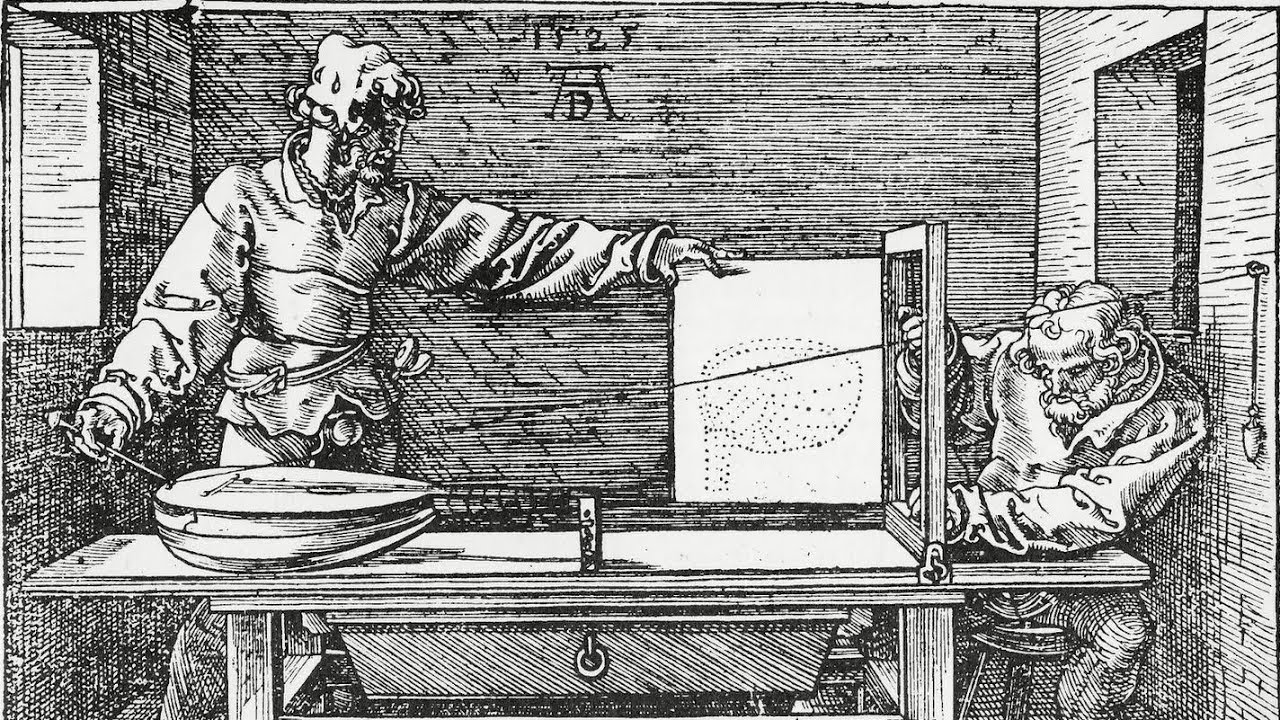Preface Preface
The purpose of this text is to take advantage of the overlap between introductory courses in group theory and modern geometry. Group theory typically features geometric content in the form of symmetry groups, and Kleinian geometry relies on the group structure of congruence transformations. Learning the two subjects together enhances both.
This text is two textbooks in one: an introduction to group theory, and an introduction to modern geometries using the Kleinian paradigm. The book can be used for a combined one-semester course in both subjects, or, through supplementary projects, it can be used for a one-semester introduction to group theory or a one-semester introduction to modern geometries.
The chapter on groups develops the basic vocabulary and theory of groups and homomorphisms, culminating with group actions. The chapter on geometry makes use of group symmetries to build the basic theory of Möbius, hyperbolic, elliptic, and projective geometries. Throughout, a design theme is the use of a small but carefully chosen collection of tools, beginning with the algebra and geometry of complex numbers and quaternions, and using a minimum of machinery from analysis and linear algebra, to develop useful and nontrivial results for group theory and geometry in a way that prefers using conceptual tools over brute computation.
Many results (for example, Lagrange’s Theorem for groups and area formulas in hyperbolic and elliptic geometries) are developed in carefully structured exercises, rather than in the reading. This reflects a deliberate emphasis on active engagement with the material. The intention is for students to read, to reason, and to develop results on their own, as a means of achieving proficiency and fostering analytic skills.
Note on reading exercises versus end-of-section exercises: In the narrative for each section, exercises labeled “Checkpoint” are meant to be reading exercises, that is, part of the process of active reading. Working through end-of-section exercises is meant to take place after reading and working the reading exercises.
The text assumes prerequisite courses in calculus, linear algebra, and experience with proof writing.
Here are sample schedules for three possible courses in a 15-week semester. Variations are supported by “Additional Exercises” sections in Chapters 2 and 3, and a “Further Topics” section at the end of the text.
| Ch. 1 Preliminaries | 1.1 — 1.4 | 3 weeks |
| Ch. 2 Groups | 2.1 — 2.5 | 6 weeks |
| Ch. 3 Geometries | 3.1 — 3.5 | 6 weeks |
| Ch. 1 Preliminaries | 1.1,1.4 | 1.5 weeks |
| Ch. 2 Groups | 2.1 — 2.6 | 12 weeks |
| Final Project | 1.5 weeks |
| Ch. 1 Preliminaries | 1.2,1.3 | 1.5 weeks |
| Ch. 3 Geometries | 3.1 — 3.6 | 12 weeks |
| Final Project | 1.5 weeks |
Many thanks to my readers and problem checkers!
Joshua Miller, Dakota Johnson-Ortiz, Alex Heilman, Ashley Swogger, Jesse Arnold, Daniel Mannetta, Travis Martin, Tyler Hoover, Qinhao Jin, Tyler Pick, Adam Rilatt, Luke Bakalyar, Brandon Bauer, Jack Putnam, Penn Smith, Richard Hammack, Turner Hannon, Alex Baver, Hayden Daubert, Olivia Delgiacco, Justin DeShong, Emily Miller, Hannah Moran
Comments, discussion, error reports, and so on, are welcome.

